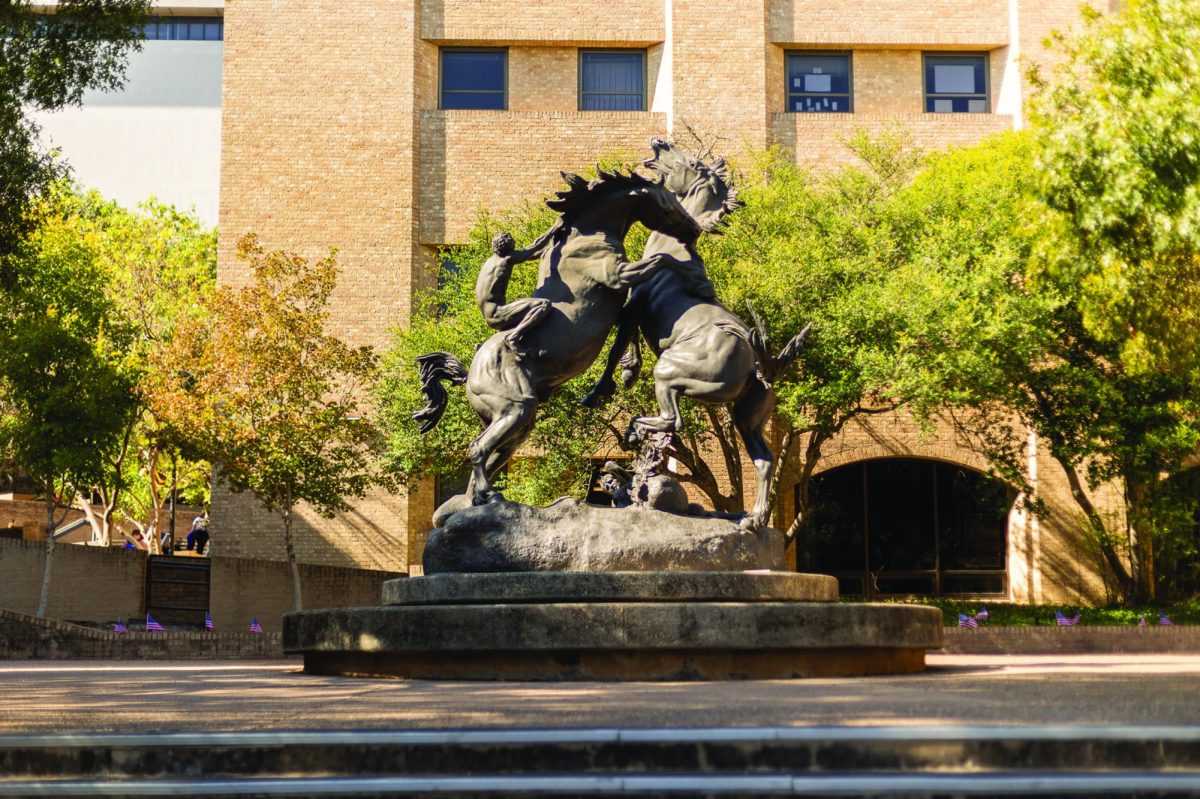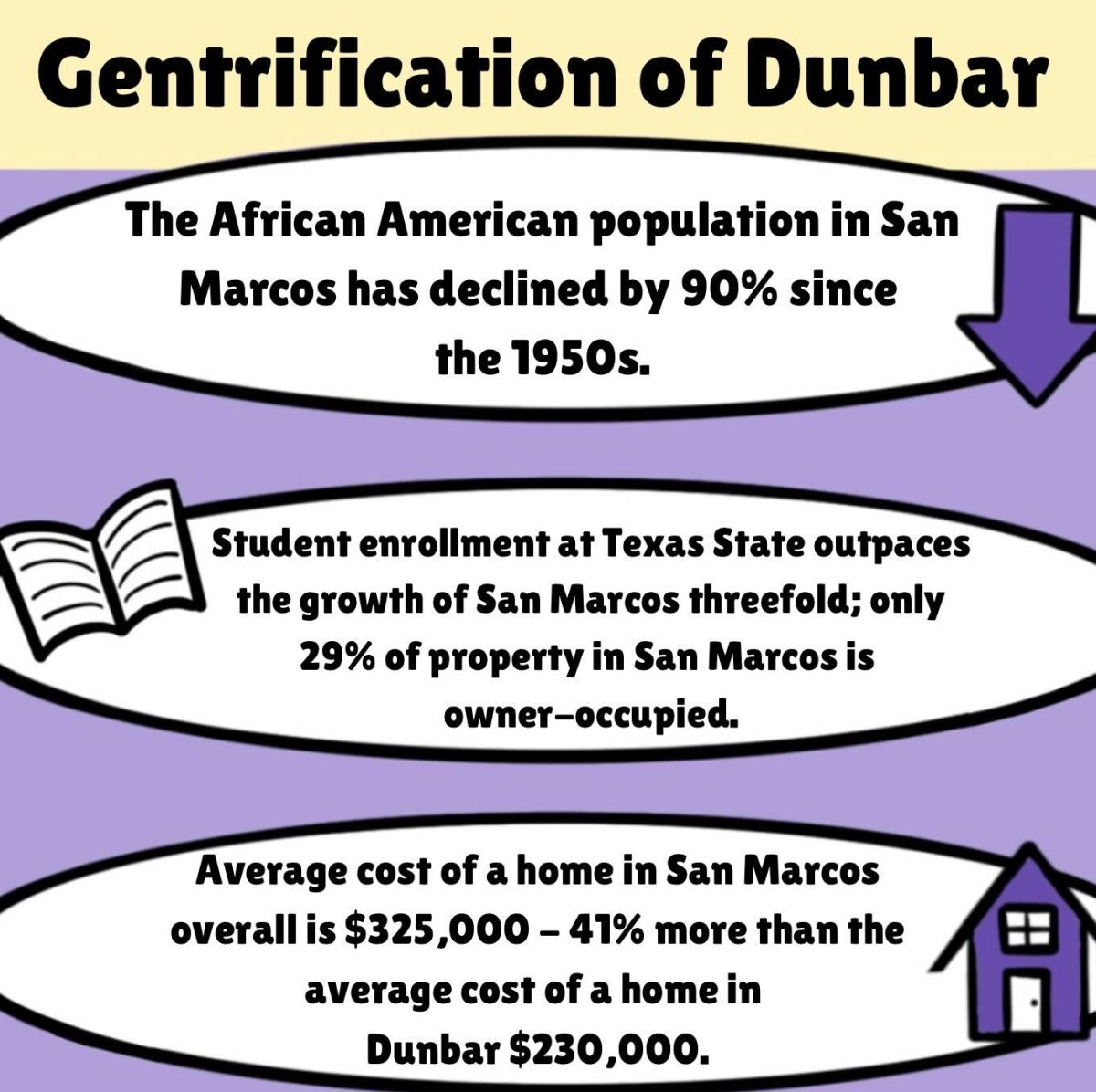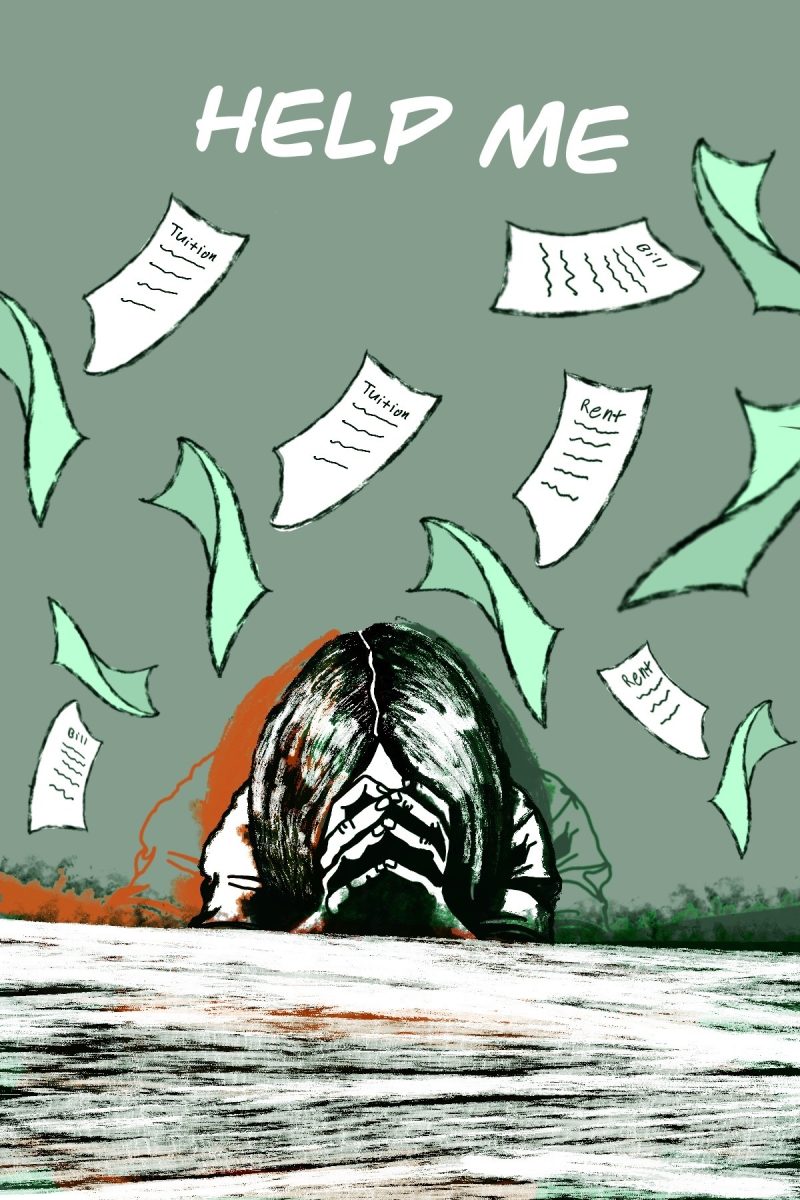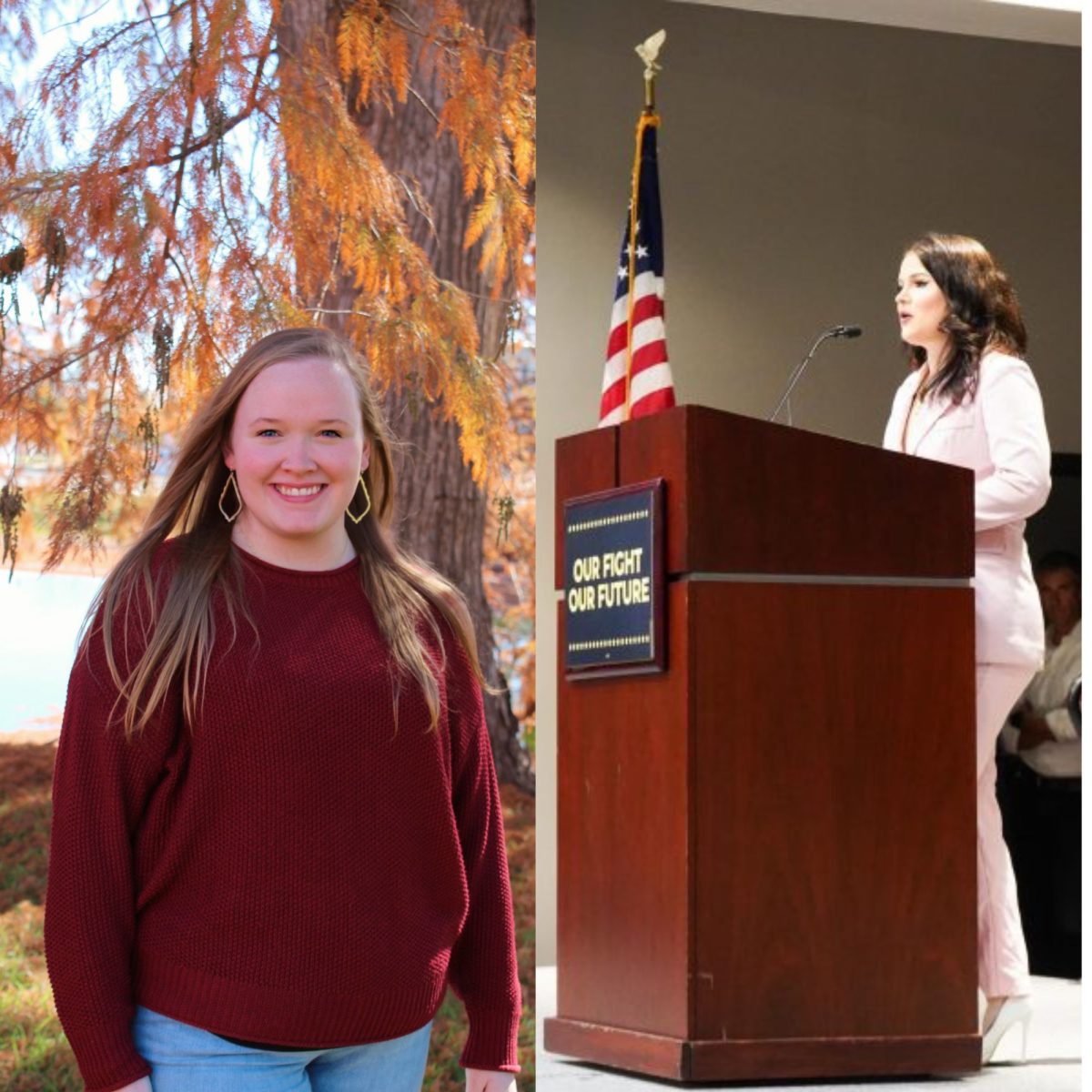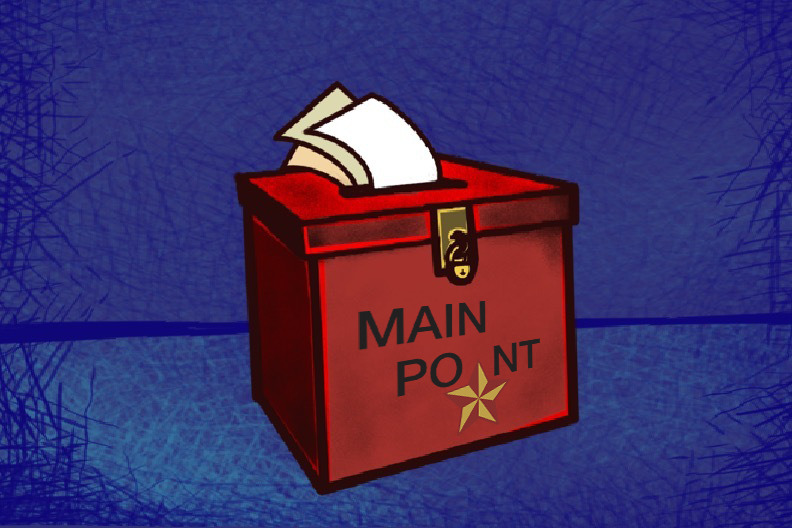San Marcos, a city known for its beautiful aquatic environments and a home to several endangered and threatened species, is once again under drought restrictions. In expectation of a hot, dry summer ahead, the city’s stage one restrictions limit residents’ ability to irrigate their lawns and gardens to only once a week.
American lawns are the largest type of land cover irrigated and maintained in North America — even larger than croplands — and their impact on the environment is significant. Lawns are a status symbol in the U.S. — having a green, lush, evenly-cut lawn is a source of pride for many households — a marker of the middle class. However, the maintenance of these lawns is notoriously costly, both financially and to the health of local environments. It requires cutting with gas-powered tools, treatment with herbicides and nitrogen-based fertilizers and the importation of largely non-native grass seed to replace native annuals, racking up a hefty environmental charge.
The average American family uses nearly 100 gallons of water each day for their outdoor needs, mostly for the irrigation of lawns and gardens. The United States Environmental Protection Agency (EPA) estimates that as much as half of this amount is wasted — lost to evaporation, runoff and wind. Much of this water is drinkable fresh water, and, in a time when 1.6 million Americans suffer from water poverty, that level of waste is unacceptable.
Right now, as the Edwards Aquifer is under strict management to get its more than 1.7 million users through the Texas summer heat, it is critical that each of us do what we can to prevent such frivolous waste. It is time for San Marcos residents to think about alternative methods for keeping their front yards beautiful — and supporting their local environment.
The City of San Marcos even encourages replacing lawns with more water-efficient groundcover. The city provides residents with a grass removal rebate, helping them make the switch to environmentally-friendly xeriscaping beds. With xeriscaping, homeowners focus on implementing plants that require little to no artificial watering, which happen to be many species native to the Texas region, like lantanas, yuccas and cenizo. These are beautiful native plants that not only improve the efficiency of outdoor water use but support native wildlife and pollinators like bees, butterflies and hummingbirds. Instead of tempting bees with an even, flowerless lawn of St. Augustine grass, these plants allow pollinators to move on to natural, useful crops.
If ripping up expensive turf and replacing it with native greenery and gravel seems daunting to residents, there are several professional landscaping companies in the area that offer xeriscaping services. Aside from its grass removal rebate, the City of San Marcos offers other water-saving incentives to residents, including rebates for collecting rainwater and switching from automatic sprinklers to more efficient drip irrigation.
Recent stage one drought restrictions create the perfect time for San Marcos residents to start rethinking their lawns. Changing to a xeriscaped front yard will not only be environmentally sound, but it can prove more beautiful as well, as native flowers begin blooming and supporting colorful butterflies, birds and moths. It saves homeowners money, too!
With a xeriscaped lawn, homeowners will spend less on lawn chemicals and care equipment, as well as on fuel required to power such equipment— Americans spill more fuel refilling their mowers and other tools every year than what was spilled by the Exxon Valdez in 1989. Landscapers say a xeriscaped yard can save a homeowner 36 cents per square foot of yard, which adds up.
For more information on healthy yard habits, explore tips offered by the Cornell Lab and Nature Conservancy. Local homeowners curious about the lawn removal and xeriscaping process can find out more about the city’s rebates on the City of San Marcos’ website.
– Toni Mac Crossan is a biology graduate student
The University Star welcomes Letters to the Editor from its readers. All submissions are reviewed and considered by the Editor-in-Chief and Opinion Editor for publication. Not all letters are guaranteed for publication.
Opinion: Lawn maintenance is bad for San Marcos
Toni Mac Crossan, Opinion Columnist
June 11, 2021
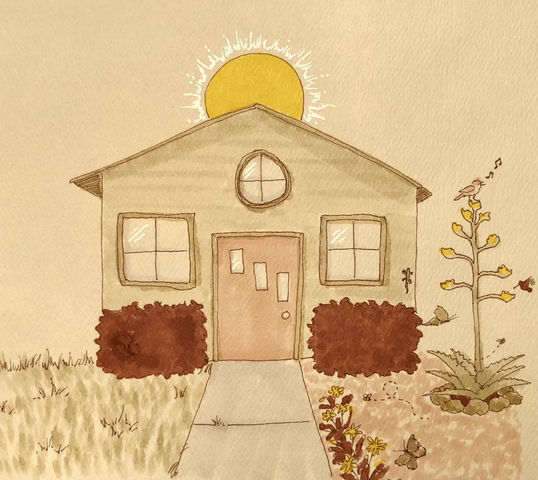
Toni Irrigation
0
Donate to The University Star
Your donation will support the student journalists of Texas State University. Your contribution will allow us to purchase equipment and cover our annual website hosting costs.
More to Discover



